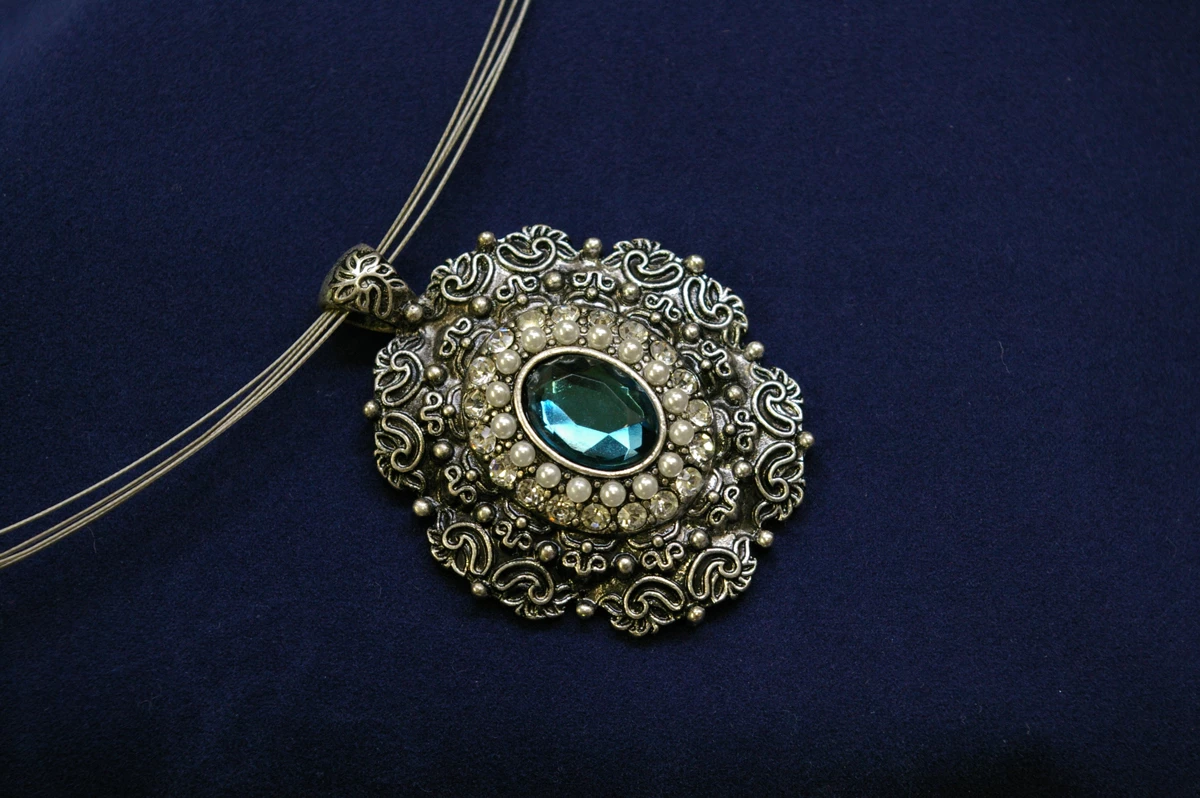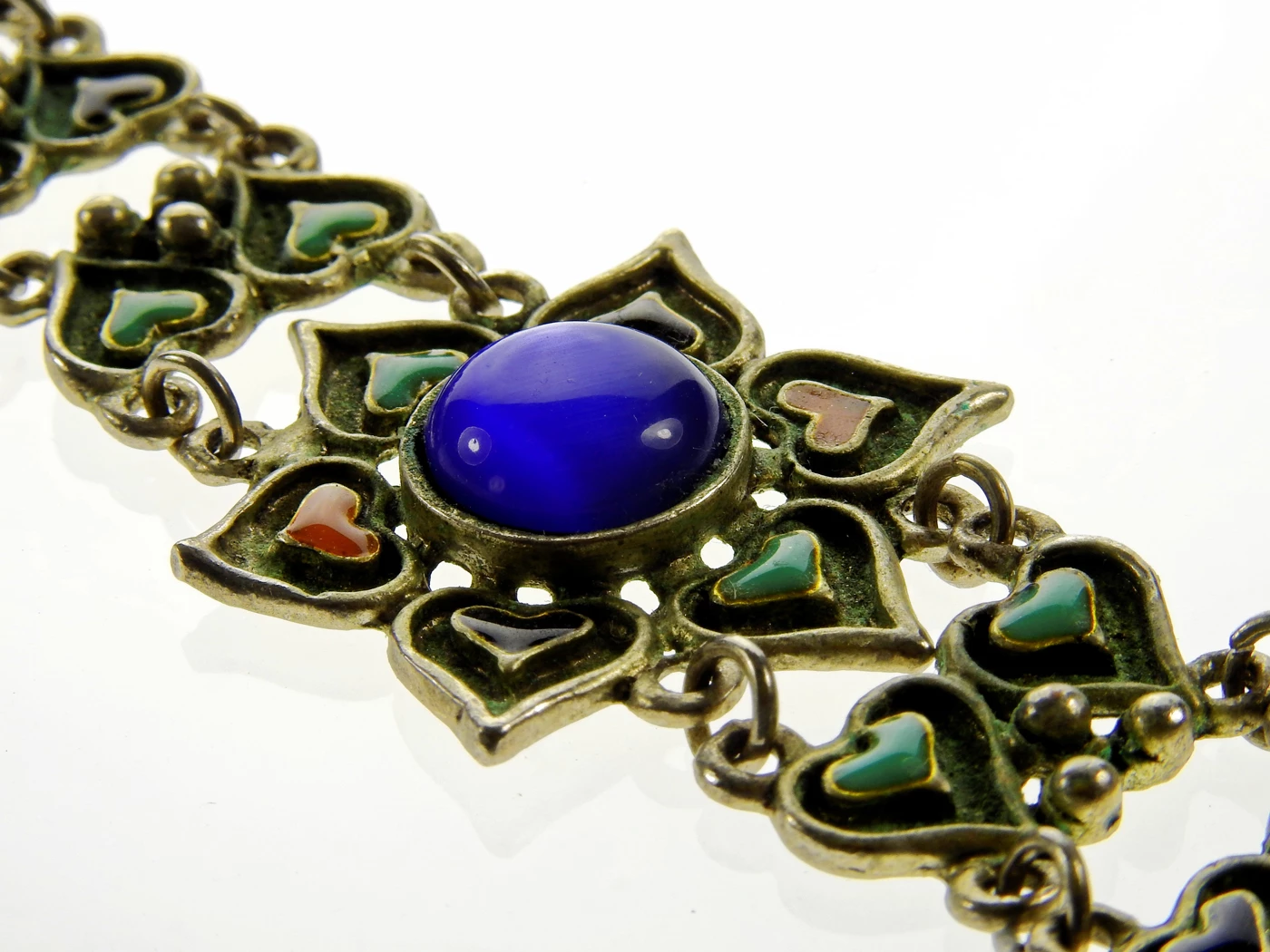09/04/2020 | Category: Home Insurance

Anyone who owns a piece of antique jewellery knows how special it is. Unlike newer mass-produced jewellery, antique jewellery has a story behind it, it has history, it’s romantic, and items have often been passed down through generations of a family. It is also highly collectable.
For all of these reasons (and more), if you are the owner of a piece of antique jewellery you’ll want to take the best possible care of it. This means mastering a few simple storage and cleaning techniques, as well as seeking professional help when required and protecting your assets with high net worth home insurance.
Here’s your guide to caring for antique jewellery so you can keep your items safe and enjoy them for many years to come.
Storing your antique jewellery
Careful storage prevents your antique items from becoming chipped, cracked or tarnished. Here are three basic rules about storing your antique jewellery safely:
1. Keep items out of direct sunlight: Direct sunlight can cause metals to tarnish, pearls to discolour, and opals and ivory to crack. However tempting it is to showcase items when not being worn, keep them out of sight and out of the sun.
2. Store items separately in a cool atmosphere: Gold and silver are really delicate and can easily be scratched or damaged by sharp gemstones. Always store items separately, making sure they are in a lockable container, stored in between breathable materials such as cotton or felt, and kept in a cool, dry atmosphere.
3. Keep away from beauty products: Many beauty products contain chemicals, alcohol or solvents which can be harmful to antique jewellery. Keep items away from dressing tables and only put them on after you have used beauty products.
Cleaning your antique jewellery
Cleaning antique jewellery is not the easiest of tasks, but when done properly the results are rewarding. It is important to know what materials are in a piece of jewellery before starting the cleaning process, so speak with a professional first. For example, some materials can sustain long-term damage if submerged in water and (despite what the internet says) ammonia should not be used on any diamond.
Here are four tips on how to clean your antique jewellery without damaging it.
1 Make your own cleaning solution
Sometimes the best way to clean antique jewellery is using a homemade cleaning solution. Not only is it cheaper, it also guarantees there will be no harsh chemicals in the mixture. Make it by mixing lukewarm water with a small amount of gentle soap until it gets foamy.
2 Use a soft toothbrush, lint-free cloth or cotton bud
Wet the item and use a soft toothbrush or lint-free cloth to gently remove grime. If the item contains soft gemstones, just lightly dampen the cloth or brush. Use slow, circular motions, applying a small amount of pressure. A cotton bud can help with more intricate cleaning. Remember: patience is key!
3 Rinse and dry
Be sure to remove all soap residue by running the item under lukewarm water. And make sure the jewellery is completely dry before putting it away.
4 Manage your expectations
The charm of antique jewellery is that it doesn’t look new. By all means, get rid of any dirt, grime or bacteria but don’t try to remove an item’s character or patina through aggressive cleaning.
Keeping your antique jewellery safe
The whole point of jewellery is that it is worn and admired. However, this places items at greater risk of being damaged, broken or lost. But that shouldn’t stop you from showing them off. Just make sure you give your antique jewellery the care it deserves.
It probably goes without saying that wearing antique jewellery while doing the housework, sports or making a last-minute dash around the supermarket is not the best idea. Wear the items regularly, but pick your timings carefully.
When you are not wearing them, always keep pieces of antique jewellery away from windows – ideally locked away in a safe. This will reduce the risk of items being stolen from your home. For added protection, and depending on how much items are worth (more about that in a moment), you might want to take out high net worth home insurance that covers your home and specific pieces within it.
Getting professional valuations for your antique jewellery
It is important to get all jewellery valued professionally – both new and antique. Getting your antique jewellery valued doesn’t have to be complicated, but there are a few things you should remember during the process.
First thing is to always use a registered valuer – they will have had specialist training and the skills and knowledge needed to carry out a professional, accurate valuation.
There are a number of ways to get a valuation. It could be via the retailer where you bought the piece (this can take three to four weeks), you can attend a valuation day (you’ll probably have to make an appointment in advance), or you could speak with the Guild of Valuers and Jewellers to arrange a valuation by post or at your home.
Your valuation will include a detailed description, hallmarking information, a condition statement, an estimation of value on the current market, and an insurance qualification.
Valuers charge in different ways – based on time, percentage worth or per-item. Do your research before committing to one valuer and always talk about fees before agreeing to the valuation. Once you have your valuation make sure you keep it safe and get it updated every few years.
Facts about your antique jewellery to help you keep it safe
Here are a few facts about antique metals and gemstones that can help you take better care of your items of jewellery.
· A diamond can be immersed in hot water, but could be split if knocked too hard.
· Emeralds, sapphires, aquamarines and opals can shatter when exposed to hand-hot water.
· Opals are easily damaged when exposed to heat.
· Pearls lose their lustre if they get too dry.
· Ivory can crack in the heat, sunlight, a dry atmosphere or if it gets wet.
· Brass and copper used in antique costume jewellery is prone to corrosion.
At Insurance Choice, we offer our customers high net worth home insurance. By providing these bespoke insurance solutions, we can help you take the best care of your antique jewellery and any other high-value items. Get in touch with the team today.
